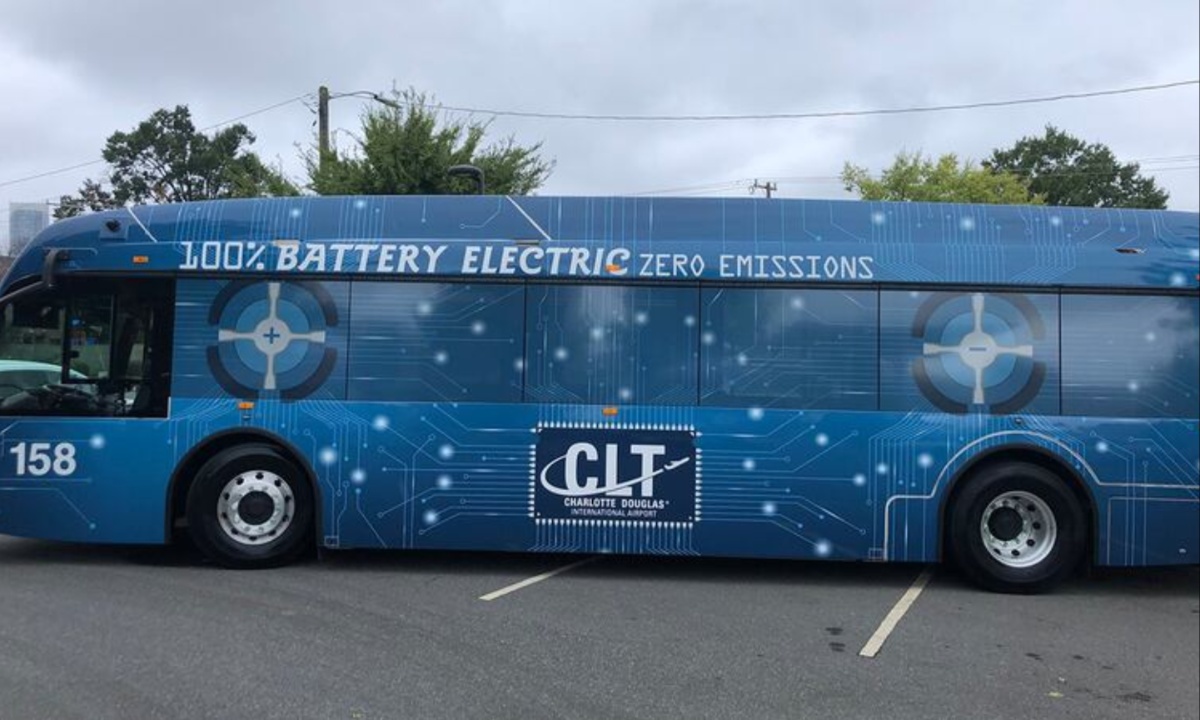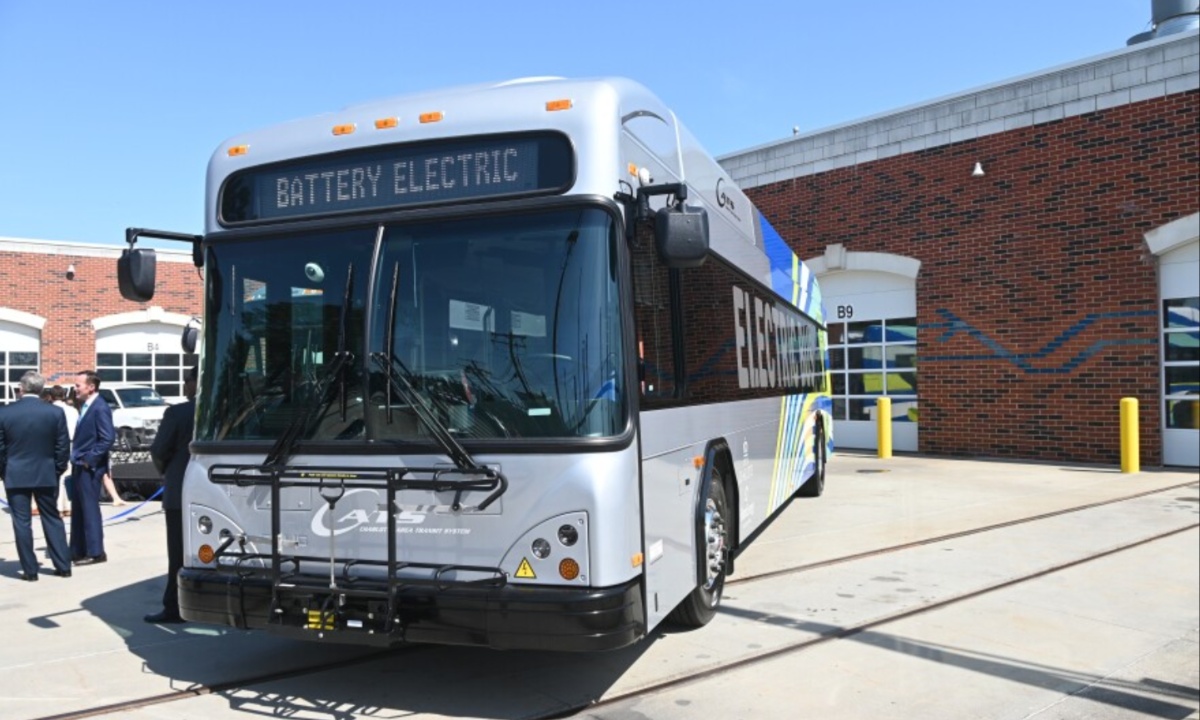Charlotte, North Carolina, has set an ambitious goal to transition its municipal fleet to electric vehicles (EVs) over the next 8 years. Currently, the city has only 88 EVs in its fleet, but it plans to convert more than 4,200 vehicles, ranging from fire trucks to small sedans, to electric. The city is aiming for carbon neutrality by 2050, with a crucial milestone of converting its entire fleet and facilities to zero-carbon energy by 2030. According to Mayor Vi Lyles, Charlotte is determined to make this bold goal a reality, emphasizing that the word “unattainable” is not part of their mindset.
As part of its push for sustainability, Charlotte recognizes the need for smart growth alongside transportation changes. Smart growth encourages diverse building types, mixed-use development, and community engagement, all within existing neighborhoods. Eric Zaverl, an urban design specialist at Sustain Charlotte, pointed out that addressing the city’s carbon problem requires integrating smart land use with better transportation choices. By fostering this approach, Charlotte hopes to enhance local economies while reducing environmental impact.
In the next year and a half, Charlotte will begin testing 18 electric buses, using the results to inform the future shift from diesel to electric across its bus network. This testing is already yielding noticeable differences, as expressed by Mecklenburg County Commissioner Leigh Altman. The electric buses are quieter, more vibration-free, and offer a smoother ride compared to their diesel counterparts. The city’s focus on electrifying its buses plays a significant part in its broader fleet electrification strategy.

Los Angeles’ EV Fleet Conversion Goals
Los Angeles has also committed to converting its municipal fleet to electric vehicles by 2035 as part of the LA100 initiative. The city aims for full carbon neutrality by that date and currently operates several electric vehicles, including sedans, hybrids, and light-duty trucks. In addition to fleet electrification, Los Angeles is investing in a vast expansion of its EV charging network, which will require approximately 97,000 charging stations by 2030. This effort is expected to boost the private sector’s deployment of charging infrastructure as well.
Houston was one of the first U.S. cities to implement EVs in its municipal fleet-share program, resulting in increased vehicle utilization and cost savings. As part of its partnership with Electrify America, the city is working to expand public EV infrastructure and collaborate with local businesses to deploy charging stations. Houston has also secured funding for long-term planning, including the creation of guidelines for EV deployment and strategies for climate-focused initiatives like micro-climates.
Other U.S. Cities and Their EV Conversion Plans
Several other U.S. cities are following suit in their efforts to electrify their municipal fleets. New York City aims to convert its fleet of 30,000 vehicles to EVs by 2035, with plans to purchase over 1,000 new all-electric vehicles in the near future. Boston is working towards carbon-neutral transportation by 2050, launching pilot programs for electric school buses and installing more EV charging stations. Similarly, Columbus, Ohio, has made strides through its Fleet Electrification Coalition, focusing on public and private partnerships to deploy hundreds of EVs.
For cities considering fleet electrification, a thorough operational assessment is the first step in the process. Understanding how to operate and maintain a municipal fleet every day forms the foundation for transitioning to electric vehicles. This assessment serves as a roadmap, helping cities navigate procurement cycles, identify barriers, and create a formal plan for successful fleet electrification. While the transition may seem daunting, a structured and well-planned approach will ensure that cities can effectively adopt EVs and make progress toward their sustainability goals.

